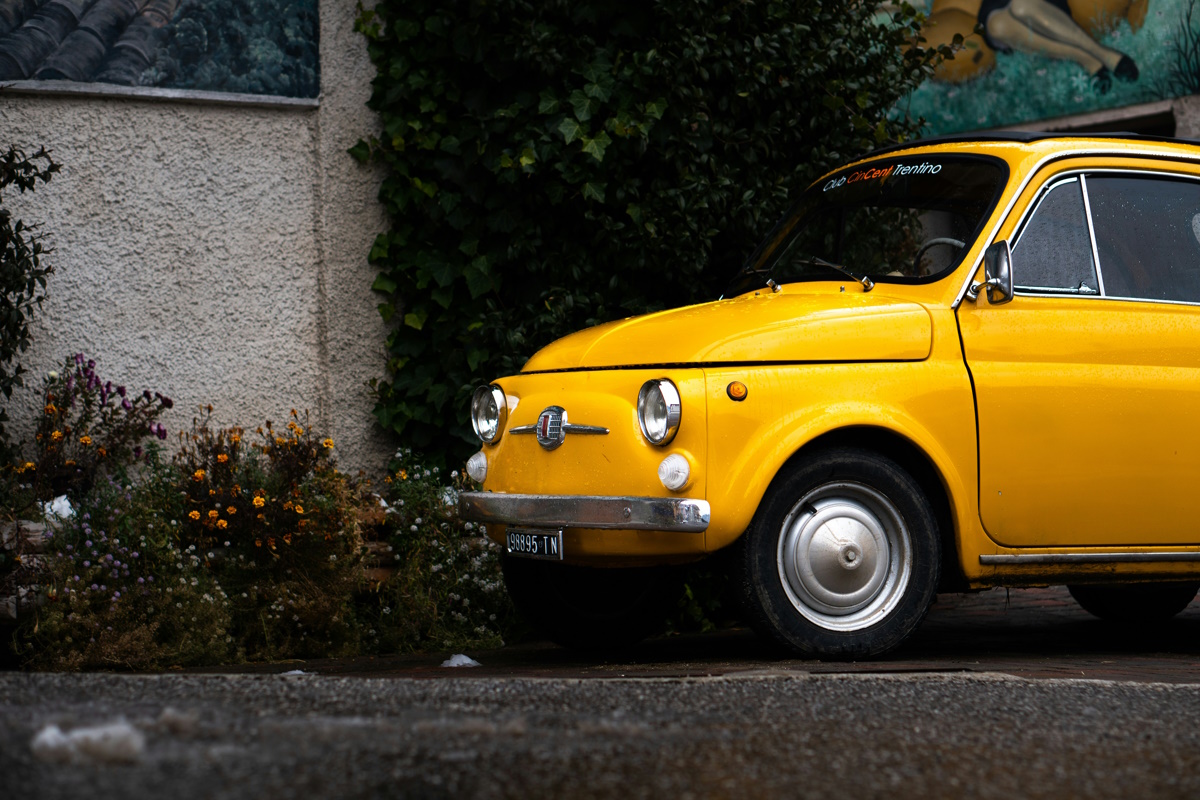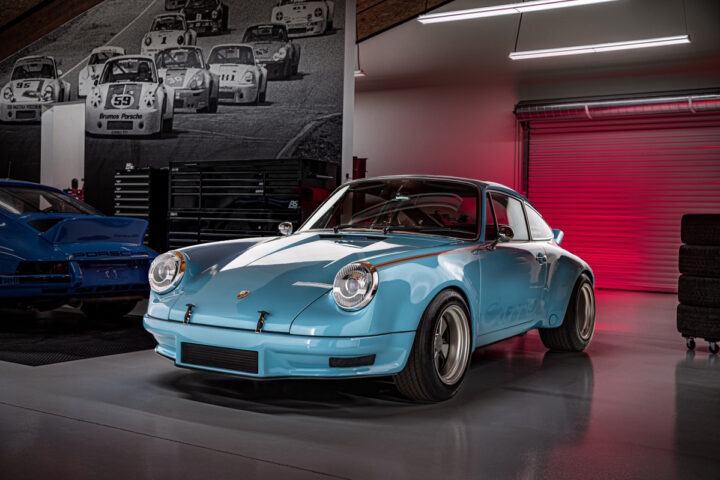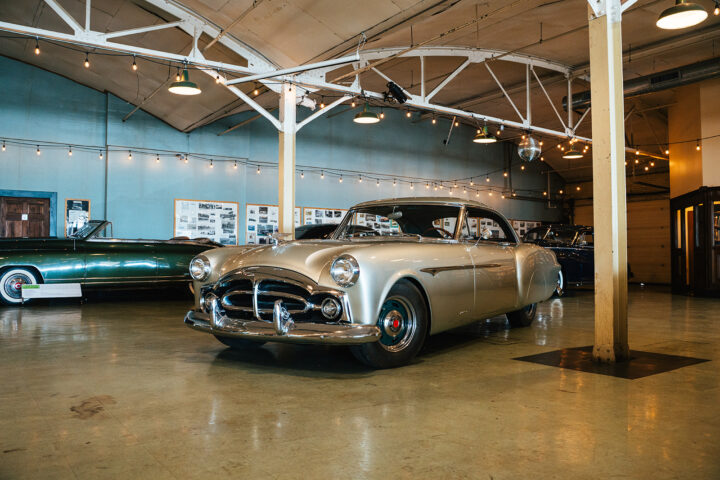The Fiat 500, known affectionately as the Cinquecento, is an automotive icon that stands as a testament to Italy’s post-war ingenuity and style. Produced from 1957 to 1975, this compact car was the brainchild of Fiat engineer Dante Giacosa, who designed it to be affordable, practical, and perfect for navigating the narrow streets of European cities. Over nearly two decades, the 500 evolved through multiple iterations, each bringing subtle improvements and unique variations. Today, the original Fiat 500 is celebrated as one of the most beloved city cars in automotive history.
The Fiat 500’s story begins in the aftermath of World War II, during a period when Italy was undergoing a major transformation. The country needed an affordable, practical car that could help mobilize its recovering population. Fiat answered this need with the 500, launched in July 1957 as the Nuova 500, a direct successor to the Fiat 500 “Topolino” from the 1930s. With a rear-mounted, two-cylinder engine displacing just 479 cc and producing 13 horsepower, the car was tiny even by microcar standards—just over 9 feet long—but it was nimble and easy to park, making it ideal for Italy’s crowded urban environments.
Key Models and Variations:
Nuova 500 (1957–1960): The original Nuova 500, introduced in 1957, featured a fabric roof that folded all the way back, giving it a semi-convertible appearance. With suicide doors (hinged at the rear) and minimalist styling, the Nuova quickly became a popular sight on Italian roads. A Sport version was introduced in 1958 with a slightly larger 499 cc engine, producing 21.5 horsepower and boasting a distinctive red stripe running along its cream-colored body.
500 D (1960–1965): The 500 D succeeded the Nuova in 1960, retaining the basic design but with a slightly larger 499 cc engine that offered 17 horsepower. During this era, Fiat began offering the Transformable roof option, allowing for a partially or fully open top. The D model also kept the charming suicide doors, a feature that many enthusiasts associate with early Fiat 500s.
500 Giardiniera (1960–1975): Launched alongside the 500 D, the Giardiniera was an estate version of the 500, with a longer wheelbase and an engine laid on its side to provide a flat loading floor. The Giardiniera was the most practical variant, making it a popular choice for small business owners and families. It also retained the suicide doors even into the 1970s, making it the last Fiat model to feature them.
500 F (1965–1973): Introduced in 1965, the 500 F marked a significant design change by replacing the rear-hinged suicide doors with more conventional front-hinged ones. This model was otherwise mechanically similar to the 500 D but became the most widely produced version, bridging the transition between the earlier 500s and the more luxurious later models.
500 L or Lusso (1968–1972): The Lusso model offered a more refined experience with chrome bumper guards, upgraded interior trim, and a new dashboard. The emphasis was on adding a touch of luxury to the spartan original design, making it more appealing to a new generation of buyers. While the mechanicals remained largely unchanged, the Lusso featured improved seating and additional soundproofing.
500 R or Rinnovata (1972–1975): The R model was the final evolution of the classic Fiat 500. It had a larger 594 cc engine, producing 23 horsepower, and a redesigned floor pan borrowed from the Fiat 126. However, by the early 1970s, the 500’s design was starting to show its age, and the R model served primarily as a stop-gap until the introduction of the Fiat 126 in 1974.
Special Editions and International Variants:
One of the reasons the Fiat 500 has remained so iconic is the sheer number of special editions and variants produced. Among the most famous are the Abarth versions, which turned the humble city car into a fiery little racer. The 595 and 695 Abarth models offered tuned engines, uprated suspensions, and distinctive styling elements that appealed to performance enthusiasts(
There were also several regional variants. For example, the Steyr-Puch 500, produced under license in Austria, featured a motorcycle-derived boxer engine that was a favorite among motorsport enthusiasts in Alpine regions. Meanwhile, locally assembled 500s in New Zealand were marketed as the Fiat Bambina, a name still fondly remembered today.
Another notable special edition was the Fiat 500 Jolly by Carrozzeria Ghia. This doorless, canopy-roofed beach cruiser became the darling of jet-setters and was often seen aboard yachts and at coastal resorts throughout the Mediterranean.
The End of an Era:
By the mid-1970s, the Fiat 500 was beginning to feel its age. Competing models like the Citroën 2CV and the Renault 4 offered more space and comfort, and safety standards were becoming more stringent. The 500 R, with its larger engine and slight updates, tried to keep pace, but it was clear that the era of the original Cinquecento was drawing to a close. Fiat finally ended production in 1975, replacing it with the more modern but less charming Fiat 126.
The 2007 Revival:
In 2007, precisely fifty years after the launch of the original, Fiat resurrected the 500 nameplate with a modern reinterpretation that paid homage to the classic design while embracing contemporary technology and comforts. The new Fiat 500 retained the original’s compact proportions and rounded styling cues, but everything else was updated. The rear-mounted engine was replaced with a front-mounted one, driving the front wheels, and the car was loaded with safety features and modern conveniences.
This modern 500 has been a huge success, appealing to a new generation of drivers while also drawing in nostalgic enthusiasts. The car’s customization options are extensive, with thousands of combinations of colors, trims, and features, making it as much a fashion statement as a mode of transportation. By 2012, Fiat had produced its one-millionth new 500, proving that the spirit of the Cinquecento is alive and well in the 21st century.
The original Fiat 500 was more than just a car—it was a cultural icon that represented freedom, affordability, and Italian flair. From its humble beginnings as a utilitarian city car to its status as a beloved classic, the Fiat 500’s legacy endures, not just in its many surviving examples but also in the design of the modern 500. Few cars have left such a lasting impact, and fewer still have done so with such style and panache.





.jpg)


















